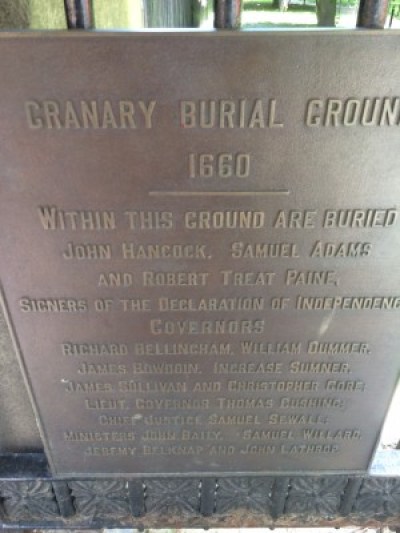I’ve been thinking about the concept of “flipped classrooms” now for a while and the great thing about holidays is that it frees up time to do just that – think and in this case write, share and hopefully promote further discussion.
Before proceeding I thought a small video to explain one concept of a flipped classroom.
I’m not sure of the applicability of this model to many primary school classrooms particularly early grades so let’s look further at a definition that might give us some room to innovate here:
The flipped classroom describes a reversal of traditional teaching where students gain first exposure to new material outside of class, usually via reading or lecture videos, and then class time is used to do the harder work of assimilating that knowledge through strategies such as problem-solving, discussion or debates. (Vanderbilt University, Center for Teaching). University of Queensland.
The question still remains how in primary school classrooms?
I came across an article by Shelley Wright and whilst she was talking about flipping Blooms Taxonomy of learning the example I she used I could see in any of may Year 3-6 classrooms – os its worth sharing:
I begin with having my students write a paragraph, either in response to a prompt or their own free writing. Next, students, working in small groups or pairs, evaluate several master texts for the criteria we’re working on. How does the writer use punctuation or voice in a particular text? What similarities are there between texts? Students then compare their own writing with each text. What did they do correctly or well? How does their writing differ and to what effect?
As a class, or in their groups, we analyze the pieces for similarities and differences and group them accordingly. Only then do I introduce the concept of run-on sentences, comma splices, and fragments. Essentially, through this process, my students identify the criteria for good writing. From this, we’re able to co-construct criteria and rubrics for summative assessments.
Students then apply what they’ve learned by returning to their own writing. They change elements based on the ideas they’ve encountered.
Students further their understanding by either listening to a podcast, or engaging in their own research of grammar rules. Finally, as the knowledge piece, students create a graphic organizer/infographic or a screencast that identifies the language rules they’ve learned.
I think the best flipped classrooms work because they spend most of their time creating, evaluating and analyzing. In a sense we’re creating the churn, the friction for the brain, rather than solely focusing on acquiring rote knowledge. The flipped classroom approach is not about watching videos. It’s about students being actively involved in their own learning and creating content in the structure that is most meaningful for them.
This then got me to thinking about the model being used in the flipped classroom.
Essentially the student should be doing the work of learning which is an active process and the activity and or use of technology will influence this process. How often have you heard of teachers trying really hard to restrict or limit their instructional talk time to 10 minutes or less – perhaps it’s because they didn’t get who should be doing the work which is why flipping classrooms is such a simply concept.











![IMG_3087[1]](https://i0.wp.com/mwalker.com.au/wp-content/uploads/2014/06/IMG_30871.jpeg?resize=400%2C298)








![photo[48]](https://i0.wp.com/mwalker.com.au/wp-content/uploads/2014/06/photo48.jpg?resize=500%2C373)
![photo[53]](https://i0.wp.com/mwalker.com.au/wp-content/uploads/2014/06/photo53.jpg?resize=500%2C373)
![photo[51]](https://i0.wp.com/mwalker.com.au/wp-content/uploads/2014/06/photo51-e1403583465392-150x150.jpg?resize=150%2C150)
![photo[52]](https://i0.wp.com/mwalker.com.au/wp-content/uploads/2014/06/photo52.jpg?resize=150%2C150)
![photo[49]](https://i0.wp.com/mwalker.com.au/wp-content/uploads/2014/06/photo49-e1403583293715-298x400.jpg?resize=300%2C402)
![photo[50]](https://i0.wp.com/mwalker.com.au/wp-content/uploads/2014/06/photo50.jpg?resize=300%2C224)











![photo[47]](https://i0.wp.com/mwalker.com.au/wp-content/uploads/2014/06/photo47.jpg?resize=400%2C300)
![photo[45]](https://i0.wp.com/mwalker.com.au/wp-content/uploads/2014/06/photo45-e1403231655729-400x300.jpg?resize=400%2C300)


![image[1]](https://i0.wp.com/mwalker.com.au/wp-content/uploads/2014/06/image1.jpeg?resize=150%2C150)

![photo[43]](https://i0.wp.com/mwalker.com.au/wp-content/uploads/2014/06/photo43.jpg?resize=640%2C480)


